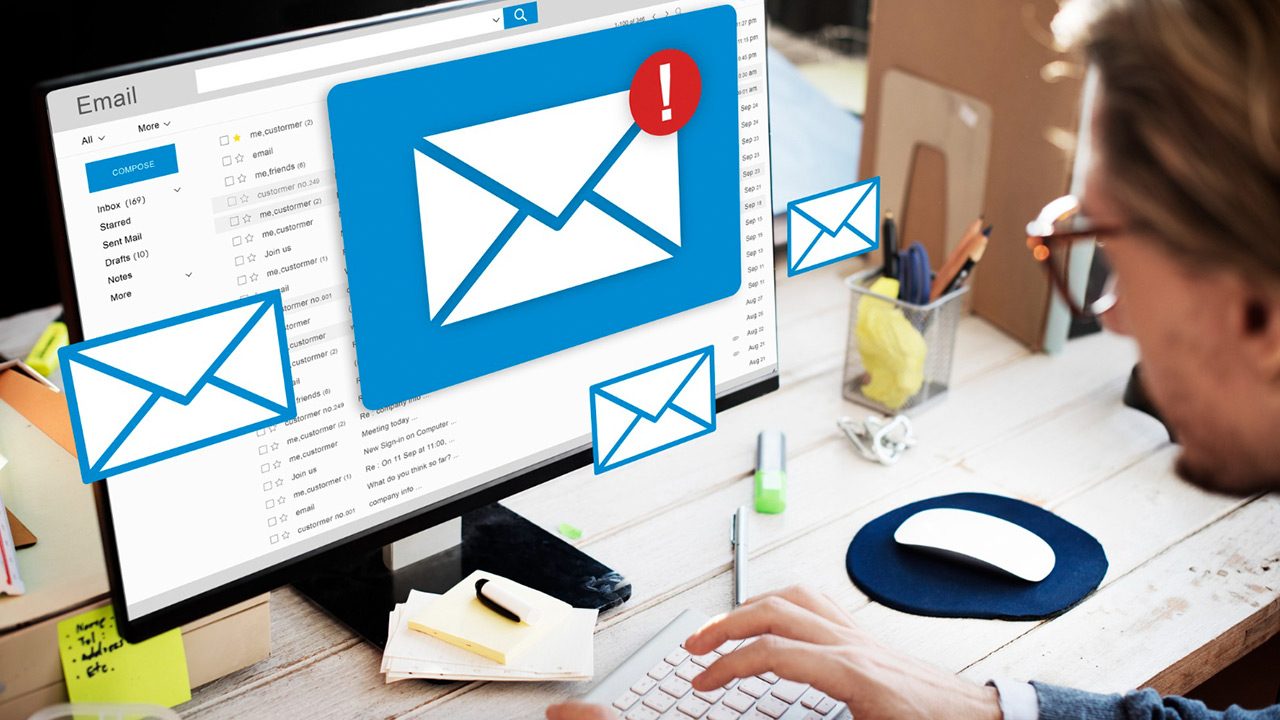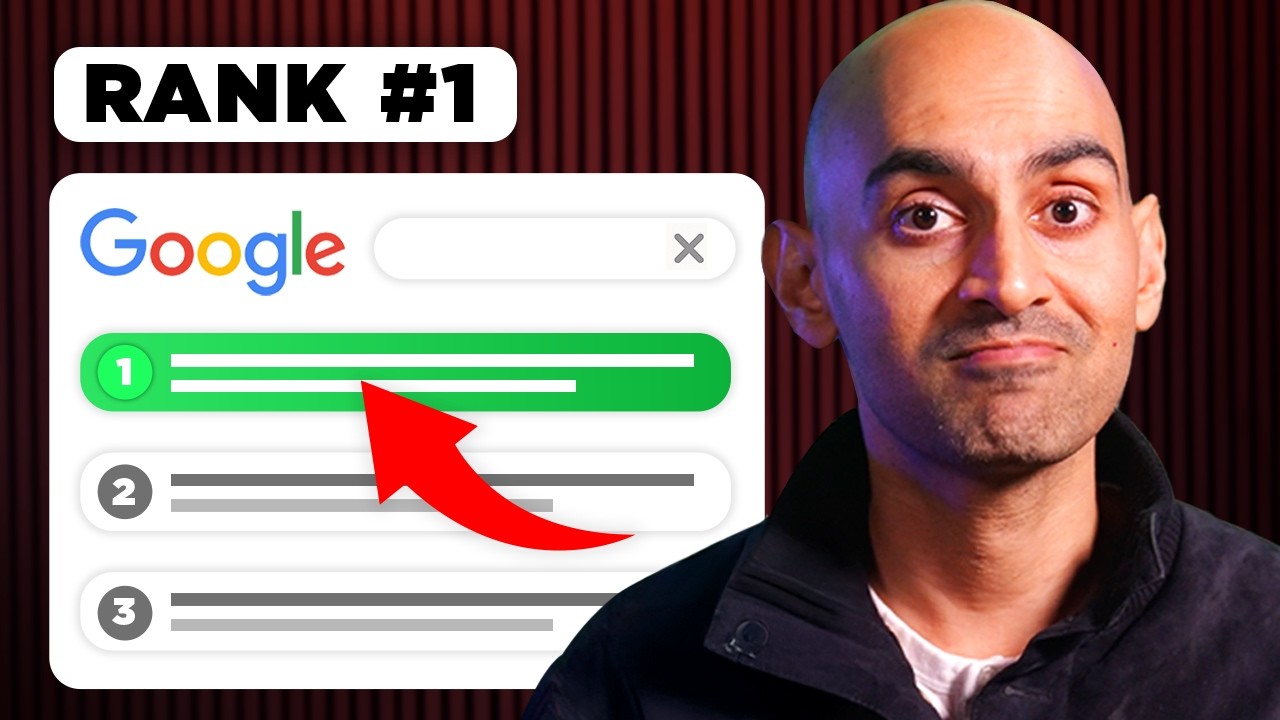Contents
- 1 Impact of Email Marketing in the Information Industry
- 2 Benefits of Building Lasting Connections through Email
- 3 Building an Effective Email Marketing Strategy
- 4 Utilizing Automation and Personalization
- 5 Enhancing Email Deliverability and Open Rates
- 6 Analyzing Metrics and Optimizing Campaigns
- 7 Compliance and Legal Considerations in Email Marketing
Impact of Email Marketing in the Information Industry
Email marketing has emerged as a cornerstone for information marketers, significantly influencing how they engage with their audience. In a world where social media and other platforms often dominate, email stands out due to its direct and personal touch.
For information marketers, the impact can be substantial. Consider this scenario: a coach offering a series of online workshops can reach potential participants directly through email. By providing valuable content and insights, the coach not only establishes authority but also encourages sign-ups.
Additionally, here are some key statistics that underscore the power of email marketing in the information industry:
- High ROI: Email marketing delivers an average return of $42 for every dollar spent.
- Widespread Reach: Over 4 billion people worldwide use email, making it an invaluable channel for reaching diverse demographics.
Benefits of Building Lasting Connections through Email
Building relationships with subscribers is essential for long-term success. Email marketing allows for consistent engagement, which fosters trust and loyalty. Here are several benefits of creating lasting connections through email marketing:
- Direct Communication: Emails land directly in recipients’ inboxes, making them more likely to be read compared to social media posts.
- Personalized Content: By tailoring content to specific segments of your audience, marketers can resonate more with their subscribers.
- Enhanced Customer Retention: Regular communication through informative newsletters keeps your brand top-of-mind, encouraging repeat customers.
For example, an ebook author can use email to share exclusive updates and bonus content with their subscribers, enhancing their reading experience and increasing the likelihood of future purchases.
By leveraging the impact of email marketing, information marketers can not only enhance their outreach but also build authentic connections that nurture community and drive success.
Building an Effective Email Marketing Strategy
Segmenting Your Email List for Targeted Campaigns
To transform email marketing into an effective tool, segmenting your email list is crucial. This process enables information marketers to tailor their communication based on specific subscriber characteristics—such as interests, behavior, or demographics.
Imagine a fitness instructor who trains various clientele: athletes, beginners, and seniors. By segmenting their email list, the instructor can send specialized workouts and dietary tips tailored to each group. This not only enhances engagement but also boosts the likelihood of conversions.
Here are some effective segmentation strategies:
- Demographic Segmentation: Divide your list based on age, gender, or location to craft relevant messages.
- Behavioral Segmentation: Target subscribers based on their previous interactions, such as what they clicked or purchased.
- Interest-Based Segmentation: Group subscribers by their interests, allowing you to send curated content that resonates with them.
Creating Compelling Content for Information Marketers
Once segmentation is established, the next step in building an effective email marketing strategy is creating compelling content that captures and retains attention. Engaging your audience is about more than just selling; it involves providing value.
For effective content creation, consider these tactics:
- Valuable Insights: Share industry insights, tips, or exclusive resources that your audience cannot find easily elsewhere.
- Storytelling: Use personal anecdotes or case studies to illustrate your points. Consider sharing a success story of a client who transformed their health through your guidance.
- Clear Calls to Action (CTAs): Always include CTAs in your emails, guiding readers on the next steps, whether it’s signing up for a webinar or downloading a free resource.
By combining effective segmentation with compelling content, information marketers can create targeted campaigns that resonate with their audience, resulting in higher engagement and more enduring customer relationships.
Utilizing Automation and Personalization
Implementing Automated Campaigns for Efficiency
As the digital landscape evolves, utilizing automation in email marketing has become imperative for information marketers seeking efficiency. Automated campaigns allow marketers to set up messages that are triggered by specific actions or behaviors from subscribers, ensuring timely communication without constant manual oversight.
Consider a scenario where an online course creator sends a welcome email series to new subscribers. The first email could be immediately triggered upon signup, followed by follow-up emails providing additional course insights, tips, or nudges to engage further.
Key benefits of automated campaigns include:
- Consistency: Automation ensures that your email communication is regular and well-paced, fostering engagement without overwhelming your audience.
- Time-Saving: Once set up, these campaigns run on autopilot, freeing marketers to focus on other aspects of their business.
- Scalability: As your audience grows, automation helps maintain a high level of personalized interaction without intense additional effort.
Personalizing Emails to Increase Engagement
While automation helps streamline processes, personalization is where real engagement happens. Tailoring emails to fit individual recipients turns a standard message into a meaningful interaction.
For instance, using a subscriber’s name in the subject line can significantly increase open rates. But personalization goes beyond names; it involves considering the recipient’s preferences and past interactions.
Effective personalization strategies include:
- Dynamic Content: Incorporate different images or text based on segmentation, such as sending specialized resources to different interest groups.
- Behavior-Triggered Emails: For example, if a subscriber downloaded a free guide, follow up with an email offering additional related resources or a promotional discount for a relevant course.
- Surveys and Feedback: Regularly ask your audience what content they want to see, helping refine your personalization efforts.
By combining automation with personalized content, information marketers can create efficient and engaging campaigns that resonate deeply with their audience, driving higher levels of interaction and conversion.
Enhancing Email Deliverability and Open Rates
Best Practices for Improving Email Deliverability
When it comes to effective email marketing, the journey begins with deliverability. If your emails don’t land in your subscribers’ inboxes, there’s no chance for engagement. Ensuring optimal deliverability requires a mix of strategic practices that enhance your reputation with email service providers (ESPs).
One important strategy is to maintain a clean email list. Regularly remove inactive subscribers or those who haven’t engaged in a while to reduce bounce rates.
Here are some best practices for improving deliverability:
- Consistent Sending Schedule: Send emails at regular intervals to establish a pattern with ISPs, helping to avoid being flagged as spam.
- Authentication Protocols: Implementing SPF, DKIM, and DMARC records can help confirm your identity as a sender, enhancing trust with ISPs.
- Engaging Content: Focus on delivering valuable content that resonates with your audience. Subscribers are more likely to engage, which signals to ESPs that you’re a legitimate sender.
Strategies to Increase Email Open Rates
Once your emails are landing in inboxes, the next challenge is encouraging subscribers to open them. Boosting open rates hinges largely on how captivating your subject lines are, as they serve as the gateway to your content.
A personal experience illustrates the importance of subject lines: after experimenting with various styles, a simple yet intriguing line like “Unlock Your Hidden Potential—Here’s How” led to a noticeable surge in open rates.
Consider these strategies to enhance open rates:
- Personalization: Personalizing subject lines with names or tailored content piques interest and increases open rates.
- A/B Testing: Test different subject lines to see which performs better with your audience. This can provide valuable insights into their preferences.
- Urgency and Exclusivity: Phrases like “Limited Time Offer” or “Exclusive Insights Just for You” create a sense of urgency that encourages quicker opens.
By focusing on both email deliverability and open rates, information marketers can ensure that their messages not only reach their audience but are engaging enough to keep them invested.
Analyzing Metrics and Optimizing Campaigns
Key Email Marketing Metrics for Information Marketers
After implementing your email marketing strategies, analyzing campaign metrics becomes essential. For information marketers, these metrics provide invaluable insights into subscriber behavior and overall campaign performance.
Tracking the right metrics can help identify areas for improvement and opportunities for growth. Some key metrics to focus on include:
- Open Rate: This metric shows the percentage of recipients who opened your emails. A low open rate may indicate issues with subject lines or targeting.
- Click-Through Rate (CTR): This reveals how many subscribers clicked on links within your email. A higher CTR signifies that your content is engaging and relevant.
- Conversion Rate: This tracks how many subscribers took the desired action after clicking through your email, such as signing up for a course or purchasing a resource.
- Bounce Rate: High bounce rates can indicate email deliverability issues. Keeping your email list clean minimizes this risk.
A personal experience showed the power of metrics. After analyzing open and click rates, a simple subject line tweak led to a 20% increase in CTR, demonstrating the influence of data-driven decisions.
How to A/B Test and Optimize Email Campaigns
A/B testing is one of the most effective methods for optimizing your email campaigns. By comparing two different versions of an email, marketers can determine which performs better with their audience.
Here’s how to effectively A/B test your emails:
- Choose One Variable: Focus on one element at a time, such as subject lines, headlines, or color schemes, to pinpoint what drives results.
- Segment Your Audience: Divide your email list into two random groups to ensure that any differences in performance are statistically relevant.
- Analyze Results: After sending your tests, measure the key metrics, comparing the performance of each version. Use these insights to guide future campaigns.
Using A/B testing helped a content creator discover that a more straightforward design led to better engagement. By continually testing and learning, information marketers can optimize their email campaigns for better results.
Combining a solid understanding of key metrics with A/B testing not only enhances overall campaign effectiveness but also fosters deeper connections with audiences, driving sustained growth and engagement.
Compliance and Legal Considerations in Email Marketing
Understanding CAN-SPAM and GDPR Regulations
Navigating the landscape of email marketing isn’t just about engagement and conversions; it’s vital to understand compliance and legal considerations. Two of the most significant regulations to be aware of are the CAN-SPAM Act and the General Data Protection Regulation (GDPR).
The CAN-SPAM Act, enacted in the U.S., sets rules for commercial email, giving recipients the right to refuse unwanted messages. Key requirements include:
- Clear Identification: Your email must clearly indicate that it’s an advertisement.
- Unsubscribe Option: Every email must contain a mechanism for recipients to opt-out, which you must honor promptly.
- Accurate Contact Information: Providing a valid physical address is mandatory.
On the other hand, GDPR is a regulation that applies to individuals in the European Union, enforcing stricter rules on data collection and consent. Important aspects include:
- Explicit Consent: You must obtain clear consent from subscribers before sending marketing emails.
- Right to Access and Erasure: Subscribers have the right to request what data you hold on them and can ask for it to be deleted.
Ensuring Compliance in Email Marketing Campaigns
Ensuring compliance with these regulations not only protects your business but builds trust with your audience. Here are some effective strategies for maintaining compliance in your campaigns:
- Double Opt-In: Implement a double opt-in process for subscribers, where they confirm their interest via email. This adds an additional layer of consent.
- Maintain Accurate Records: Keep detailed records of consent and subscriber interactions. This not only aids compliance but allows for smoother campaign management.
- Review and Update Policies: Regularly audit your email marketing practices to ensure they align with current laws. Staying updated on changes in legislation will aid in maintaining compliance.
A personal anecdote: After implementing these best practices, an information marketer noticed a significant decrease in unsubscribe rates and complaints, highlighting that recipients appreciated the transparent and respectful approach.
By understanding regulations and ensuring compliance, information marketers can not only avoid penalties but also foster a trustworthy relationship with their audience, laying a solid foundation for long-term success.








